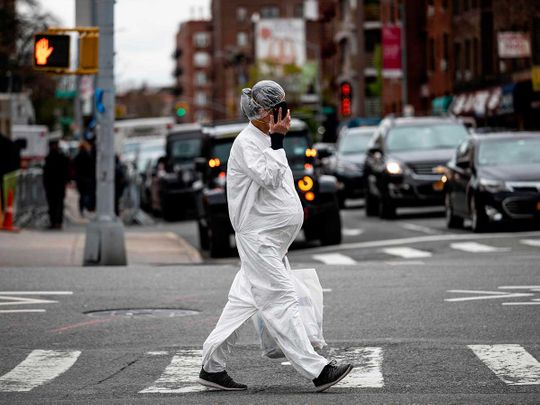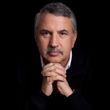
When the full record of the coronavirus in America is written, historians may argue that President Donald Trump’s biggest mistake was not what he failed to do in early 2020, when the right strategy for combating the virus was widely debated, unproven and hard.
No, they will point to what Trump failed to do in June 2020, when the right strategy was clear, proven and relatively easy.
No doubt, this virus is inscrutable. It pops up, it disappears, it reappears, some people are symptomatic, some asymptomatic, some seem to have natural immunities to it that we don’t understand, and once it infects people it hits in radically different ways: It comes in the equivalents of decaf, regular and double macchiato — and you never know if you’re going to get the mild or the extra-strength version.
But there is that could make this post-lockdown phase so much less dangerous and so much more economically viable than it is.

I’ve argued from the onset of this pandemic that our goal had to be a sustainable strategy that maximises saving lives and livelihoods, and I’ve been stunned by the criticism that anyone talking about saving lives and jobs in the same breath is an unfeeling capitalist. That’s crazy.
We know that countries where everyone wears a mask outside the home sharply reduce the spread and that people who practice strict social distancing infect fewer people and are infected less often.
And we know that people who avoid “superspreading” events — large, prolonged social gatherings, religious services and crammed nightclubs and workplaces, where one highly contagious person can quickly spew the virus to many others — are less likely to get infected.
Post-lockdown resurgence
Top government expert Dr. Anthony Fauci has pointed out that taking just these relatively easy steps, plus testing, tracing chains of transmission and quarantining the infected, would tamp down what appears to be a brewing, post-lockdown resurgence and limit the number of people needing hospitalisation as we await a vaccine.
And yet we have a president who, instead of wearing a mask, turns defiance of mask-wearing into a heroic act of defiance against liberals; who forces 1,100 West Point cadets to travel back to campus, and quarantine for two weeks, so he can get a photo op addressing their graduation; who is planning a mass rally in Tulsa, Oklahoma, on Saturday — where the most notable precaution is that you sign a legal disclaimer that you “voluntarily assume all risks related to exposure to COVID-19 and agree not to hold Donald J. Trump for President Inc.” liable — and who hails governors who open bars and restaurants for people to crowd together.
I’ve argued from the onset of this pandemic that our goal had to be a sustainable strategy that maximises saving lives and livelihoods, and I’ve been stunned by the criticism that anyone talking about saving lives and jobs in the same breath is an unfeeling capitalist. That’s crazy.
40 million Americans are now unemployed. The physical and mental health consequences of that number, if it continues for six more months, will be devastating.
Easy precautions
But Trump wants as many Americans back to work now, and the stock market to rise now, without asking Americans to take even easy precautions.
What would a real president be urging governors to do today? Prepare detailed plans to get people back to work on a risk-stratified basis with proper protections, along the lines recently proposed by public health experts Dr. Darria Long and Dr. David Katz.
“The data are now overwhelming, from here in the US and all around the world, that this infection is a grave threat to the elderly and chronically ill but generally mild for younger, generally healthy people,” said Katz in an interview.
It’s also clear that “many of the worried projections about social determinants of health and the consequences of mass unemployment are confirmed. We have, indeed, seen rising rates of addiction, domestic violence and mental duress.”
We also know much more now, Katz continued, “about the risks of exposure. This virus is not transmitted all that easily. Many people with transient, ordinary exposures don’t get infected because of low exposure dose, partial resistance to this pathogen, or both.”
All of this provides actionable intelligence, Katz argued. We can and must do a far better job of protecting the frail and elderly, especially in nursing homes, and all of those with serious chronic disease, he said.
“Then the rest of us can go about our business, but with policies in place to regulate any interactions we might have with higher-risk people, so we protect them, and with reasonable precautions for our own sakes, like wearing masks, practicing social distancing and avoiding crowded indoor settings, that limit exposure to high doses of coronavirus and our ability to pass it along.”
We also can see now — with cases spiking in locations around the country that did not experience an early wave of infection and are now opening up haphazardly — “how right it was to warn about the dangers of just flattening the curve without a risk-stratification strategy,” Katz added.
“A flattened curve delays cases, it does not prevent them, because no immunity has been developed.”
Our current haphazard approach is just begging for trouble.
Thomas L. Friedman is a Pulitzer prize-winning journalist and author
New York Times









